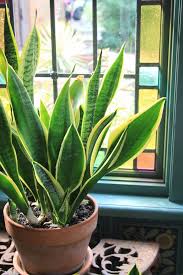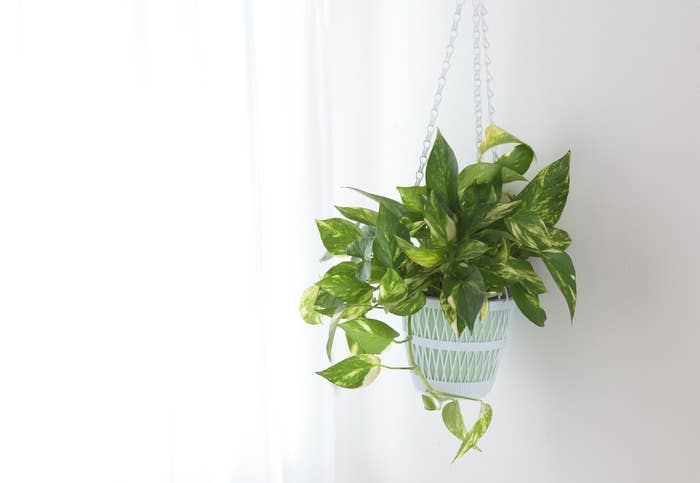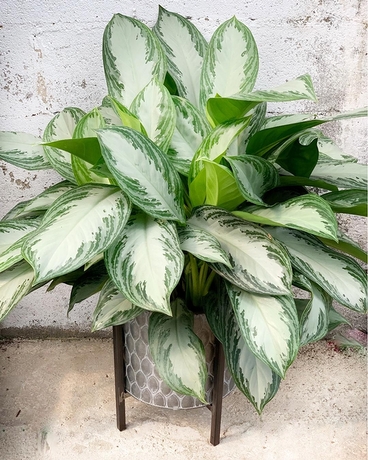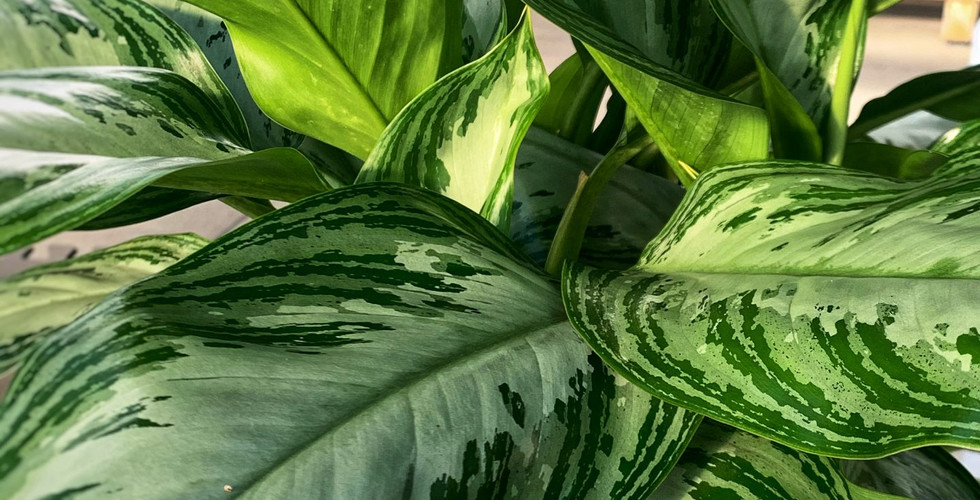House Plants for New Plant Parents
- Dr.Insiya Sherawala
- Apr 28, 2020
- 3 min read
Well, I’m finally and officially a Plant parent for almost 5months now!:P Also, it bears a lot of responsibility being a single parent to a few! Hahah!
But, if you think you’d like some greens in your house too but just scared in case you killed them? You can start with these 9 and will be a plant parent with no give in !
Thinking of building a new hobby during the indefinite period of boredom?
Here are a few plants, you can start with.
7 Beginner Houseplants For Anyone Who Kills Everything They Touch
1. Snake plant (MIL Tongue)
There are around 70 different species of snake plant, the most commonly used species for gardening is Sansevieria trifasciata, often known as mother-in-law’s tongue As funny as the name goes, this plant comes with zero commitment, you can leave it in the darkest spot of your house (bathroom) or at indirect light and forget it to water it for at least 2weeks, this soul will continue to live. However, if you decide to water it, make sure the soil is completely dry.The most important thing to remember is that they can easily rot, so a free draining soil needs to be used.
2.Spider Plant (Chlorophytum)
Spider plants can survive in a variety of light (though they do prefer direct sun) and grow in most conditions — so, basically, you can keep this alive, I promise.
You should water them liberally through the summer and mist them occasionally. During winter, cut watering back. When it comes to temperature, do not let them fall below 50 F or expose them to cold drafts. Spider plants like fast-draining, well-aerated potting mix.
3. Pothos (devil's ivy)
Pothos are tough to kill because they actually like to chill in dry soil, so they can withstand infrequent waterings.They're great for hanging pots, and don't need to be pruned — although, they will grow and grow...and grow.
While pothos likes bright, indirect light it can thrive in areas that don’t get a lot of sunlight or have only fluorescent lighting. It's an excellent plant for locations such as offices and dorm rooms.
One advantage of growing pothos is that they are high on the list of plants that can help purify indoor air of chemicals such as formaldehyde, trichloroethene, toluene, xylene, and benzene.
4. ZZ plants (zamioculcas zamiifolia)
ZZ plant care starts with a lack of care. In fact, ZZ plants will do better if you leave them alone.
Place the plant in a spot free from direct sunlight. They will also grow in little light, making them great for office spaces or rooms with no windows. They're best when left alone, so if the leaves begin to yellow, you're likely overwatering. That being said, only water when the soil is completely dried out.
4. English ivy plants (Hedera helix)































Comments